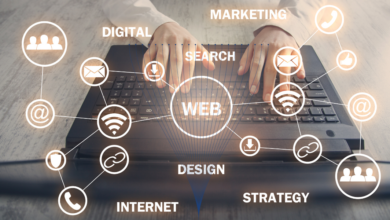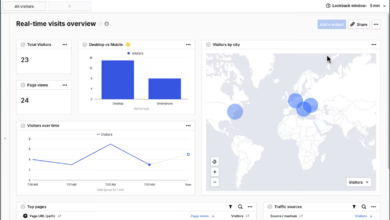Forging strong relationships with customers has become more important than ever before, and the hospitality industry is no exception. The data revolution has arrived in restaurants, representing an invaluable opportunity for operators to provide diners with hyper-personalised experiences. For restauranteurs who want to stay ahead of the curve and anticipate their guests’ every need, obtaining and utilising guest data is no longer a luxury, but a necessity.
Elevating the guest experience to make it even better than it was in pre-pandemic times is crucial to attracting and retaining diners. Restaurants that can provide a meaningful, stand-out service through the creation of tailored offerings will win when it comes to retaining guests and securing repeat business.
Consumers are craving the return of the experience-driven economy, and as the summer heats up, restaurants must be ready to capitalise on this utilising technology and data. With fewer resources than ever before – financially, operationally and staffing-wise – hospitality operators that leverage important insights about their guests will be able to do more with less.
Leveraging data to drive revenue
Data and technology are giving operators the opportunity to introduce policies that can maximise takings before guests come through the door. Optimising reservations, for example, enables them to create a better online experience for guests, like pre-selling bottles of champagne or a wine pairing ahead of the visit, or giving guests the ability to share any allergies or special occasions they’re celebrating. Using technology to facilitate this helps operators to collect more data on their guests that can be used in service to personalise the experience — like sending out a complimentary round of prosecco for a birthday or recommending specials that are allergen-friendly.
Having a clear cancellation policy in place is also equally important for safeguarding against potential revenue loss. Requiring credit card details at the time of booking will serve to decrease no-show rates, while ensuring that any remaining truant guests are charged a small fee in accordance with a venue’s late cancellation policy. Recently implemented at Hilton Manchester Deansgate, this policy accounted for £15,000 of recouped revenue over the hotel’s first six months with SevenRooms, serving to show the immense capabilities of technology and data.
Improving guest experiences with data
Accumulating more customer information once guests arrive on premise is essential, and drawing upon these in-person interactions is a great place to start. At a restaurant, the front of house staff may know a select group of regulars, from what their favourite dishes are to where they prefer to be seated. Getting to know more diners on that level is possible with the help of technology.
The better restaurants understand customer preferences and dining habits, the easier it is to identify opportunities for upselling and enhancing experiences across the board. This could be as simple as presenting guests with their favourite bottle of wine or sharing a bespoke offer for a favourite dish on their next visit. Making customers feel valued enough to return is critical. Considering that it’s up to seven times more expensive to gain a new customer than to retain an existing one, the importance of repeat visits for a successful long-term strategy cannot be overstated.
Leveraging data to keep customers engaged after their dining experience is crucial to enticing them back. Following up with a well-timed and relevant marketing email demonstrates that the restaurant values their custom and serves to keep them front of mind for diners looking to enjoy the experience again or to recommend to friends, family or colleagues. Platforms that can automate this marketing based on the date of a guest’s last visit or perhaps an upcoming birthday are even more likely to have a positive impact, bringing customers through the door without staff having to lift a finger.
Integration is key
With staffing shortages meaning resources are more stretched than ever, there is increasingly less time to manage the myriad of solutions and suppliers. What’s more, dealing with endless siloed suppliers for every aspect of a business is not just draining – it’s outdated. Instead, more streamlined, integrated solutions that can address many needs in one place are critical.
Technology that has the capability to manage several aspects of a restaurant’s operations means stretched staff will spend less time dealing with multiple platforms and more time focusing on what’s important: the guest. Furthermore, this smarter technology can not only facilitate more time spent with guests, but can ensure that the time is spent better. A completely integrated solution has the ability to surface up the right data, at the right time, to the right person, without operators having to lift a finger; meaning restaurants can do much more with less.
Securing guest data
The ability to utilise guest data is a privilege, and operators have a responsibility to ensure the safety of that data. After all, privacy and security is not just a box to be checked – it’s a core component of any business strategy. Instilling this sense of responsibility into a team through staff training will aid employees’ understanding of data-handling. Developing and implementing a comprehensive training programme to educate teams about the data they possess and a guests’ privacy rights will serve to protect customers and staff alike, while affording operators more time to focus on delivering outstanding experiences for their guests.
The data revolution is providing restaurateurs with endless opportunities to personalise the dining experience to drive loyalty, repeat business and revenue. With more and more operators utilising technology to capture valuable insights and build direct, meaningful guest relationships, it is clear that data will continue to play an integral role in the modernisation of the hospitality industry.



